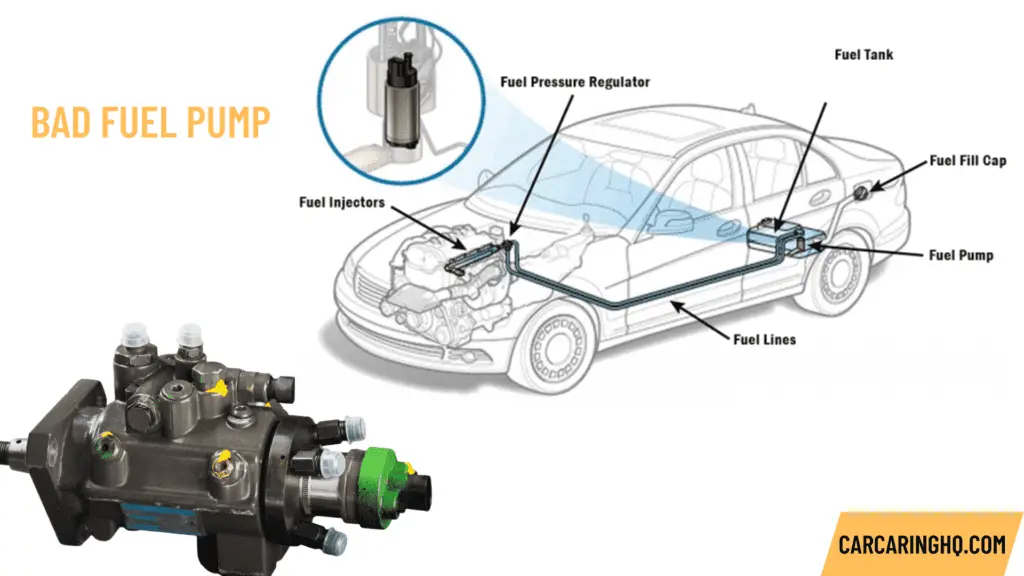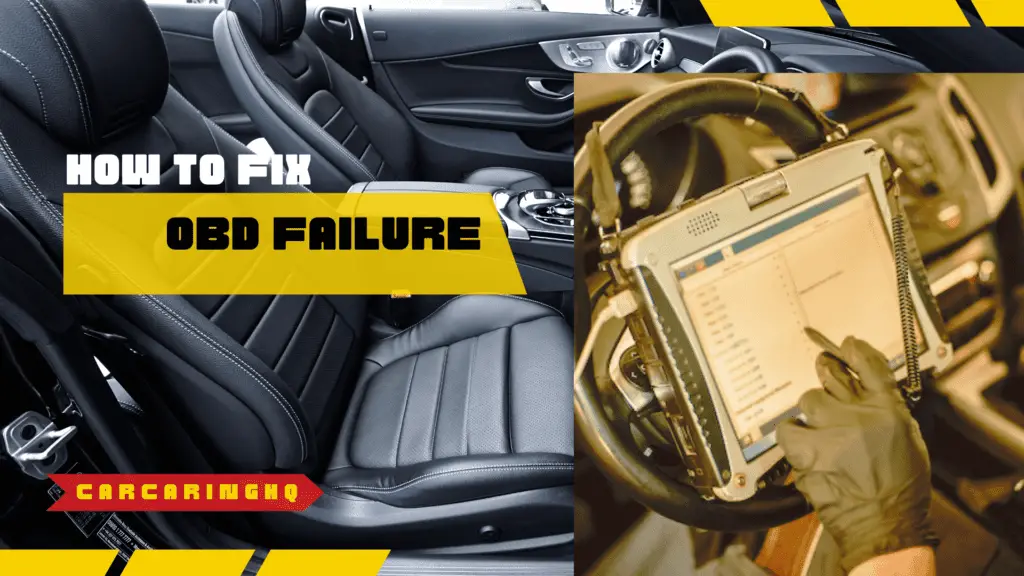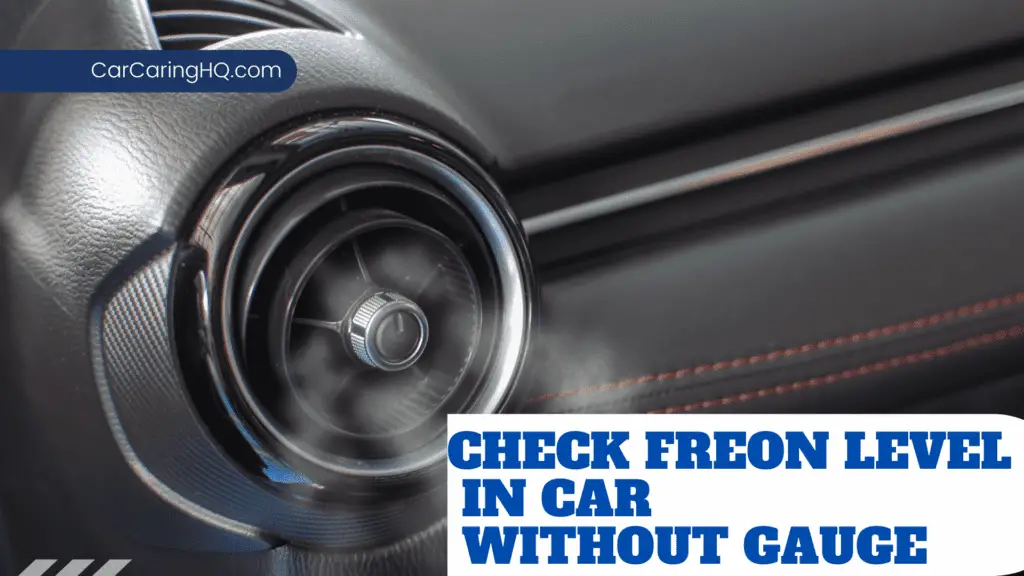If you’re experiencing issues with your vehicle’s fuel system, it may be time to replace the fuel pump.
While changing a fuel pump is a straightforward task, there are several common problems that can arise after the replacement.
In this article, we’ll take a closer look at 10 common problems after changing fuel pump and what you need to know to fix them.
Table of Contents
10 Common Problems After Changing Fuel Pump
1. Low Fuel Pressure
One of the most common problems after changing a fuel pump is low fuel pressure.
This can be caused by a variety of factors, including a faulty fuel pump relay, clogged fuel filter, or damaged fuel lines.
2. Engine Stalling
Another common issue after changing a fuel pump is engine stalling.
This can be caused by a variety of factors, including low fuel pressure, a dirty fuel filter, or a malfunctioning fuel pump.
3. Rough Idle
If you notice that your engine is idling roughly after changing the fuel pump, it could be due to low fuel pressure, a clogged fuel filter, or a vacuum leak.
4. Reduced Fuel Efficiency
After changing the fuel pump, you may notice that your vehicle’s fuel efficiency has decreased.
This could be caused by a variety of factors, including a malfunctioning fuel pump, clogged fuel injectors, or a dirty air filter.
5. No Start or Hard Starting
If your vehicle won’t start or is difficult to start after changing the fuel pump, it could be due to a variety of factors, including low fuel pressure, a damaged fuel pump relay, or a clogged fuel filter.
6. Fuel Pump Noise
If you hear a buzzing or whining noise coming from your fuel pump after changing it, it could be due to a faulty pump or a clogged fuel filter.
7. Fuel Smell
If you smell gasoline after changing the fuel pump, it could be due to a fuel leak or a loose fuel line.
8. Check Engine Light
If your check engine light comes on after changing the fuel pump, it could be due to a variety of factors, including a malfunctioning fuel pump, oxygen sensor, or catalytic converter.
9. Electrical Issues
After changing the fuel pump, you may experience electrical issues, such as a dead battery or malfunctioning alternator.
These issues can be caused by a variety of factors, including a faulty fuel pump relay or damaged wiring.
10. Incorrect Installation
if you notice any issues after changing the fuel pump, it could be due to incorrect installation.
Make sure that the pump is installed correctly and all connections are tight to avoid any potential problems.
How To Diagnose and Change a Bad Fuel Pump: A Step-By-Step Guide
The fuel pump is a vital component of your vehicle’s fuel system, responsible for pumping fuel from the tank to the engine.
When the fuel pump goes bad, your vehicle may experience a variety of issues, from poor performance to engine stalling. we’ll provide a step-by-step guide on how to diagnose and change a bad fuel pump.

Diagnosing a Bad Fuel Pump
The first step in changing a bad fuel pump is diagnosing the problem. Here’s how to do it:
- Check the Fuel Pressure: Use a fuel pressure gauge to check the fuel pressure in the fuel system. If the pressure is below the manufacturer’s specifications, it could be a sign of a bad fuel pump.
- Listen for the Fuel Pump: Turn the ignition key to the “on” position and listen for the fuel pump to activate. If you don’t hear the pump, it could be a sign of a bad fuel pump.
- Check the Fuse: Check the fuse that controls the fuel pump to see if it’s blown. A blown fuse could be the cause of the fuel pump problem.
- Check for Fuel: Check the fuel level in the tank to make sure it’s not empty. If the tank is empty, it could be a sign of a bad fuel pump.
- Perform a Visual Inspection: Inspect the fuel pump and fuel lines for any signs of damage or wear. If you notice any cracks or leaks, it could be a sign of a bad fuel pump.
Changing a Bad Fuel Pump
Once you’ve diagnosed the problem as a bad fuel pump, it’s time to change it. Here’s how to do it:
- Gather the Necessary Tools: You’ll need a set of wrenches, pliers, a fuel pressure gauge, and a new fuel pump.
- Disconnect the Battery: Before you begin, disconnect the battery to avoid any potential electrical issues.
- Drain the Fuel Tank: Remove the fuel pump fuse and start the engine to allow the fuel system to depressurize. Once the engine has stalled, drain the fuel tank.
- Remove the Fuel Pump: Locate the fuel pump and disconnect the electrical connections and fuel lines. Use a wrench to remove the mounting bolts and remove the fuel pump from the tank.
- Install the New Fuel Pump: Install the new fuel pump by reversing the steps used to remove the old one. Be sure to tighten all connections and bolts to the manufacturer’s specifications.
- Test the Fuel Pressure: Use a fuel pressure gauge to test the fuel pressure in the system to ensure it’s within the manufacturer’s specifications.
- Reconnect the Battery: Finally, reconnect the battery and start the engine to ensure the new fuel pump is working correctly.
Conclusion
In conclusion, changing a fuel pump is a necessary task when experiencing issues with your vehicle’s fuel system.
However, it’s important to be aware of the common problems that can arise after the replacement.
These include low fuel pressure, engine stalling, rough idle, reduced fuel efficiency, no start or hard starting, fuel pump noise, fuel smell, check engine light, electrical issues, and incorrect installation.
By being aware of these issues and knowing how to fix them, you can ensure that your vehicle’s fuel system is running smoothly and efficiently.
If you’re unsure about how to fix any of these issues, consult a professional mechanic.






